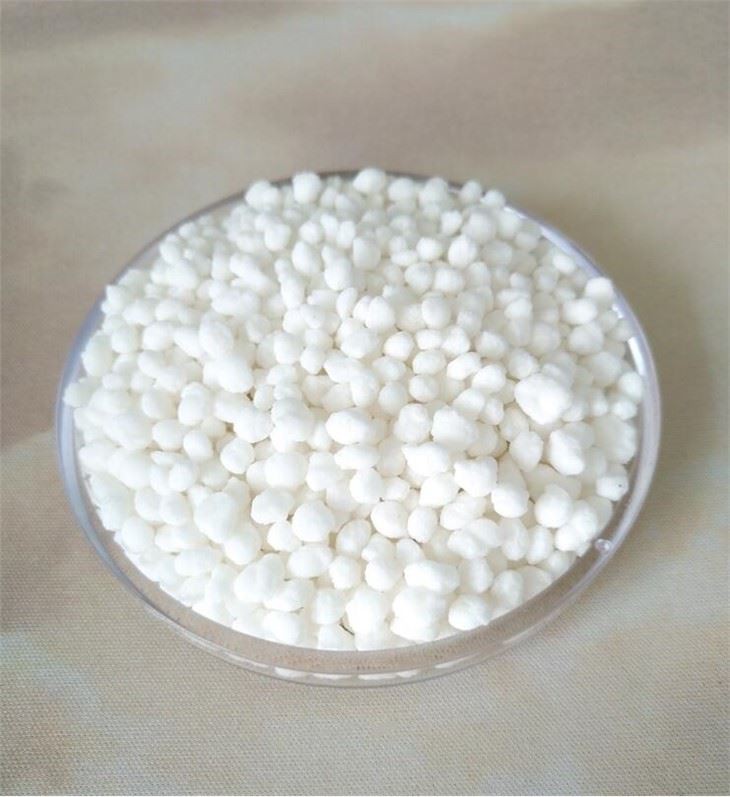



Comparison of Acrylamide and Polyacrylamide Properties and Applications in Various Industries
Understanding the Difference Acrylamide vs. Polyacrylamide
Acrylamide and polyacrylamide are two compounds that are often discussed in scientific and industrial contexts. While they share a common origin, their properties, uses, and implications are significantly different. This article delves into the distinctions between acrylamide and polyacrylamide, their applications, and the safety considerations associated with their use.
What is Acrylamide?
Acrylamide is a small, organic molecule characterized by the presence of a vinyl group and an amide functional group. It is a colorless, odorless solid that is soluble in water and organic solvents. Acrylamide is primarily produced through the hydration of acrylonitrile, a process that also occurs naturally in some foods during high-temperature cooking processes, such as frying or baking, particularly in starchy foods.
One of the notable properties of acrylamide is its ability to polymerize, which leads to the formation of polyacrylamide. While acrylamide itself is used in various industrial applications, such as in the production of textiles, paper, and even certain food processing methods, it has garnered attention due to its potential health risks. Research has indicated that acrylamide is a neurotoxin and a potential carcinogen in laboratory animals, prompting health organizations to call for further investigation into its safety for human exposure.
What is Polyacrylamide?
Polyacrylamide, on the other hand, is a synthetic polymer formed from the polymerization of acrylamide monomers. This reaction typically occurs in the presence of a chemical initiator, resulting in a long-chain polymer that can be tailored for various applications. Polyacrylamide is available in several forms, including non-ionic, anionic, and cationic, each tailored for specific uses based on the charge and characteristics of the polymer.
acrylamide vs polyacrylamide

Polyacrylamide is widely used in a variety of industries including wastewater treatment, soil conditioning, and as a thickening agent in products such as cosmetics, food, and adhesives. Its ability to absorb water makes it useful in agricultural applications to improve soil moisture retention. In addition, polyacrylamide forms gels that are instrumental in scientific research, especially in electrophoresis, which is a technique used to separate biomolecules like proteins or nucleic acids.
Health and Safety Considerations
The primary concern when it comes to acrylamide involves its potential hazards. Given its classification as a possible human carcinogen, exposure during the manufacturing process or through consumption of high-temperature processed foods has raised alarms among health professionals. Regulatory agencies have set limits on the acceptable levels of acrylamide in food products and have urged manufacturers to implement measures to reduce its presence.
In contrast, polyacrylamide is generally considered to be safe for most applications, particularly when it has been properly polymerized, as the polymer itself poses a lower risk than its monomeric counterpart. However, certain formulations of polyacrylamide may still release acrylamide if they are handled improperly or if they haven't been fully polymerized. For this reason, it is crucial for industries that use polyacrylamide to adhere to safety protocols and regulations to minimize acrylamide exposure.
Conclusion
In summary, acrylamide and polyacrylamide, while structurally related, serve vastly different functions and have different implications for health and safety. Acrylamide is a small, potentially hazardous molecule, while polyacrylamide, a polymer derived from acrylamide, has a wide range of beneficial applications when used appropriately. Understanding these differences is essential for safely navigating their use in industrial, agricultural, and scientific settings. Awareness of the risks associated with acrylamide, coupled with responsible usage of polyacrylamide, can contribute to safer practices and innovate solutions across various sectors.
-
Why Sodium Persulfate Is Everywhere NowNewsJul.07,2025
-
Why Polyacrylamide Is in High DemandNewsJul.07,2025
-
Understanding Paint Chemicals and Their ApplicationsNewsJul.07,2025
-
Smart Use Of Mining ChemicalsNewsJul.07,2025
-
Practical Uses of Potassium MonopersulfateNewsJul.07,2025
-
Agrochemicals In Real FarmingNewsJul.07,2025
-
Sodium Chlorite Hot UsesNewsJul.01,2025










